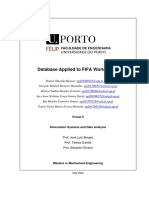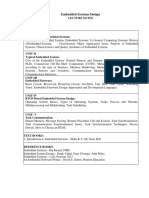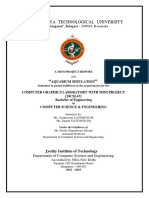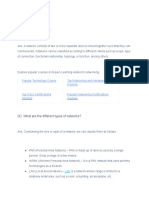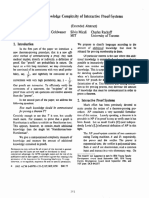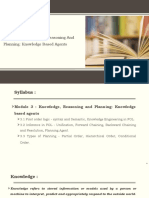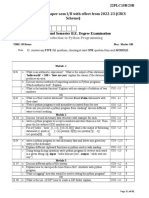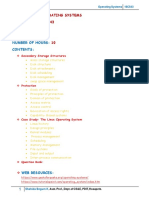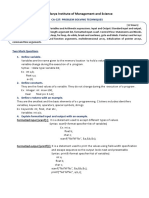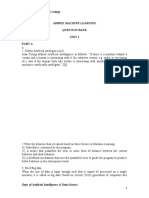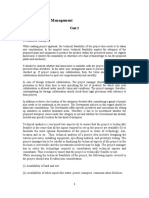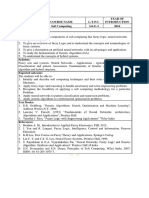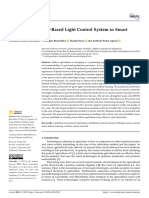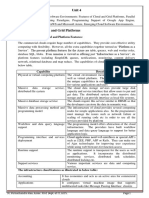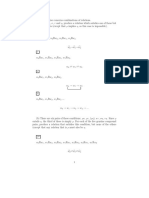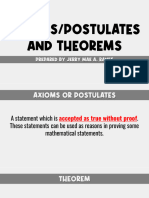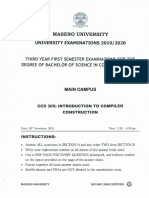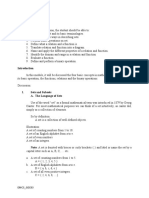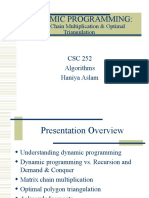0% found this document useful (0 votes)
567 views55 pagesFuzzy Set Operations Guide
The document discusses basic operations on fuzzy sets including union, intersection, complement, products, sums, differences, equality, power, and Cartesian products. It provides the mathematical definitions for each operation and examples to illustrate how to calculate them. It also covers properties of fuzzy sets such as commutativity, associativity, distributivity, idempotence, transitivity, involution, and De Morgan's laws. Finally, it provides two examples applying fuzzy set operations to membership functions to represent concepts like temperature ranges.
Uploaded by
Madhav ChowdaryCopyright
© © All Rights Reserved
We take content rights seriously. If you suspect this is your content, claim it here.
Available Formats
Download as PDF, TXT or read online on Scribd
0% found this document useful (0 votes)
567 views55 pagesFuzzy Set Operations Guide
The document discusses basic operations on fuzzy sets including union, intersection, complement, products, sums, differences, equality, power, and Cartesian products. It provides the mathematical definitions for each operation and examples to illustrate how to calculate them. It also covers properties of fuzzy sets such as commutativity, associativity, distributivity, idempotence, transitivity, involution, and De Morgan's laws. Finally, it provides two examples applying fuzzy set operations to membership functions to represent concepts like temperature ranges.
Uploaded by
Madhav ChowdaryCopyright
© © All Rights Reserved
We take content rights seriously. If you suspect this is your content, claim it here.
Available Formats
Download as PDF, TXT or read online on Scribd
/ 55

